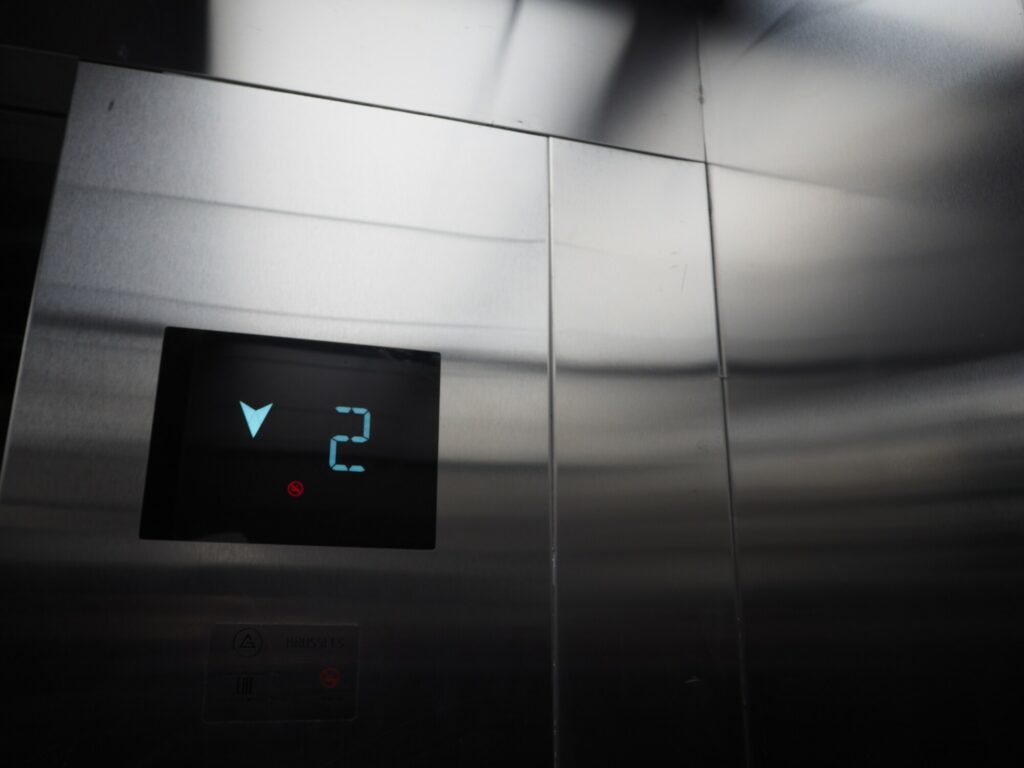
Elevator breakdowns and malfunctions are a familiar headache for building owners and managers. These disruptions are more than mere inconveniences; they’re a reflection of overlooked or undermanaged elevator inspection and maintenance processes.
In the heart of this article lies the key to turning that around. Elevator inspection is a critical measure to preempt these disruptions and ensure your elevators are not only compliant but also reliable and safe. This guide aims to arm you with knowledge and insights into best practices in elevator inspection by directly addressing the common pain points you face in managing these vital assets.
Read on to learn how you can transform elevator inspections from a routine task into a strategic advantage for your building’s operations.
What Are Elevator Inspections?
Elevator inspections are essential for any building with these vertical transport systems. At their core, these inspections involve a thorough check of all the elevator’s parts and functions.
The ‘what’ of elevator inspections includes examining the cables, pulleys, doors, and control systems. Inspectors look at the physical condition of these parts and test them for proper operation and safety.
They also assess the elevator’s alignment, speed, and emergency systems, making sure everything works as it should. A comprehensive inspection will also review the elevator’s history of maintenance and repairs.
But why are these inspections so crucial?
Firstly, regular inspections are key to identifying potential issues before they become major problems. This proactive approach can save building owners time and money in the long run.
Secondly, elevator safety is paramount. These inspections ensure that all safety standards are met to reduce the risk of accidents and injuries.
Lastly, a well-maintained elevator enhances the overall user experience. This contributes to the satisfaction of tenants and visitors in your building.
How Often Should Elevators Be Inspected?
When it comes to the frequency of inspections, there are clear guidelines that building owners and managers need to follow. The general rule of thumb is that elevators should undergo a thorough inspection at least once a year. However, the exact frequency can vary based on local regulations and the specific needs of the building.
In Ohio, for example, state laws and building codes dictate the minimum requirements for elevator inspections. A critical requirement is a full-load safety test, conducted at least once every five years. This rigorous test assesses the elevator’s performance under maximum capacity.
Ohio also mandates semi-annual inspections for most elevators. These bi-yearly checks are conducted by the state’s Elevator Section (except in Cincinnati and Cleveland, where local authorities take charge). It’s important for building managers in the area to familiarize themselves with these local regulations to ensure compliance.
Additionally, the age and usage of the elevator play a role in determining the inspection schedule. Older elevators or those in high-traffic buildings may require more frequent checks to ensure their continued safe operation.
Key Components of Elevator Inspections
When it comes to elevator inspections, certain key components demand thorough examination to ensure everything is functioning properly and safely.
One of the primary focus areas is the elevator’s mechanical systems. This includes checking the cables for any signs of wear and tear, to ensure they’re strong and intact. The pulleys and counterweights, which balance and move the elevator, also undergo detailed checks for any signs of damage or malfunction.
Another crucial component is the elevator doors. Inspectors look for smooth operation and proper alignment, as well as safety mechanisms that prevent doors from closing on passengers.
The control system, the brain of the elevator, is tested for responsiveness and accuracy. It’s essential that the elevator responds correctly to button commands and that the floor selection system works flawlessly.
The inspection also includes a review of the elevator’s safety features. Emergency brakes, alarms, and communication systems are all tested to confirm they are in working order. The inspection might also involve an elevator inspection checklist, a comprehensive list that covers every aspect of the elevator’s operation and safety.
Elevator Inspection as Part of Maintenance
Incorporating elevator inspections into regular elevator maintenance schedules is vital for the ongoing health and safety of these machines. Regular maintenance is about preventing issues before they arise. A comprehensive maintenance program includes various tasks, such as:
- Lubricating moving parts
- Adjusting mechanical components
- Updating software systems
During maintenance, inspection plays a crucial role. It’s an opportunity for specialists to thoroughly check the condition of the elevator.
This process allows for the early detection of potential problems, like worn cables or a misaligned door track, which can be addressed promptly to avoid more significant issues down the line. Regular inspections ensure that every aspect of the elevator operates at its best.
Effective maintenance also enhances the longevity of the elevator. By keeping the equipment in top condition, significant and costly overhauls can be avoided.
Advanced Considerations
As elevators age, they may require more than just routine maintenance; they might need modernization or upgrades. Modernization involves updating significant components of the elevator system, such as the control system, the drive mechanism, or even the cabin interiors. These upgrades can significantly improve the elevator’s performance, safety, and appearance.
One of the key reasons for modernization is to meet current safety standards. Older elevators might not have the latest safety features that new models do.
Upgrading these systems is crucial for ensuring the safety of passengers. Modernization can also lead to improved efficiency, such as faster travel times and more accurate leveling with each floor.
Another aspect of modernization is enhancing the user experience. Upgrades like smoother rides, quieter operation, and updated interior designs make the elevator more pleasant to use. Additionally, modernized elevators can be more energy-efficient which can reduce the overall operational costs for the building.
The Moseley Elevator Difference
Elevator inspections are crucial, and at Moseley Elevator, we understand this better than anyone. Our expertise in performing comprehensive inspections ensures that every aspect of your elevator system exceeds expectations. With a focus on customized solutions and a commitment to excellence, we don’t just meet the standard; we define it.
An elevator inspection, when done right, can transform the functionality and safety of your building. Don’t wait for compliance to become an issue; take proactive steps today. Contact Moseley Elevator for a detailed quote and experience the difference in service and quality we bring to elevator inspections.

Dan Devault spearheads Moseley Elevator, a company renowned for its exceptional elevator installation, maintenance, and modernization services. Dan’s extensive experience in the elevator industry, coupled with a deep understanding of mechanical systems, ensures that Moseley Elevator delivers solutions that are not only reliable but also innovative and tailored to each client’s needs. Under his leadership, the company is dedicated to elevating the standards of vertical transportation, emphasizing safety, efficiency, and design. Moseley Elevator prides itself on sharing expertise and insights into the evolving world of elevator technology, helping clients make informed decisions for their buildings.
